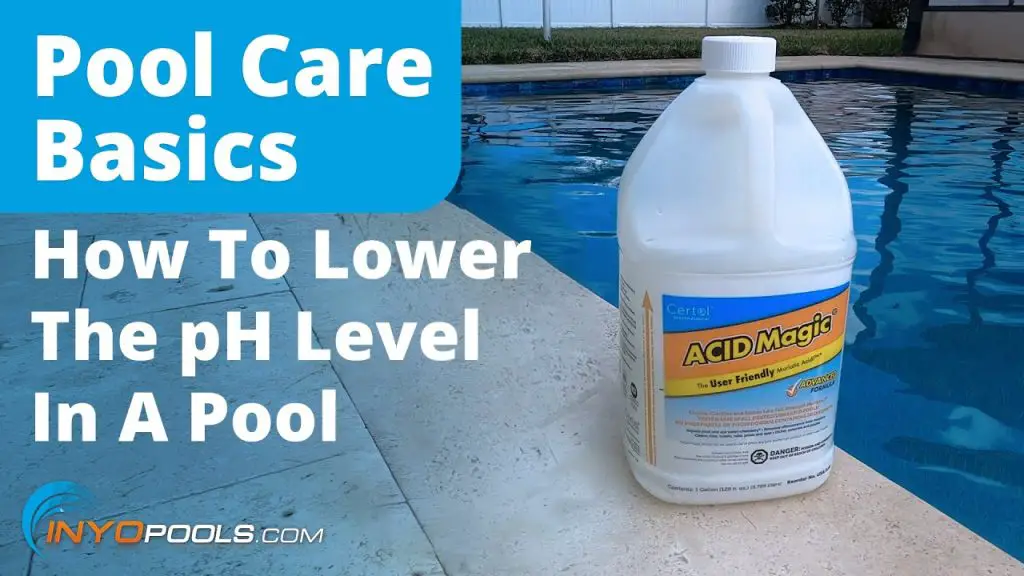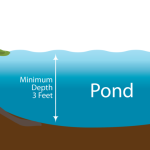To lower the pH in a swimming pool, you can use chemicals such as muriatic acid or dry acid.
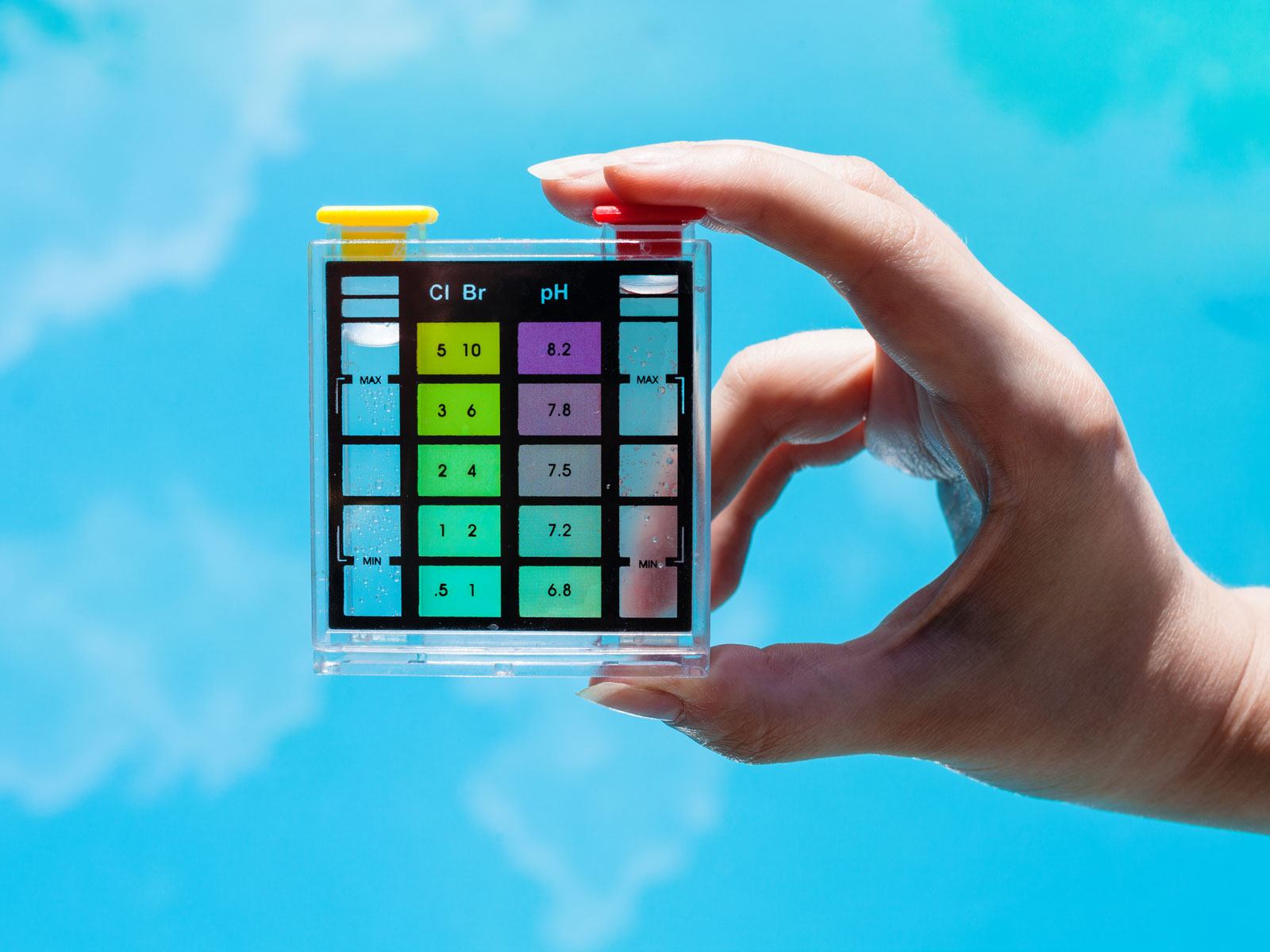
Credit: www.watersidepoolscapes.com
Understanding Ph In Swimming Pools
Proper maintenance of pH levels is essential for keeping a swimming pool clean and safe for swimmers. In this section, we will explore the significance of pH in pool water, the ideal pH range for a swimming pool, and effective methods to lower pH levels when necessary.
What Is Ph And Its Importance In Pool Water
pH is a measure of the acidity or alkalinity of a solution, such as pool water. The pH scale ranges from 0 to 14, with 7 being neutral. A pH below 7 indicates acidity, while a pH above 7 indicates alkalinity. Maintaining the optimal pH level is crucial as it directly affects the efficiency of chlorine and other sanitizers, prevents corrosion of pool equipment, and ensures comfort for swimmers.
Ideal Ph Range For A Swimming Pool
The ideal pH range for a swimming pool is typically between 7.2 and 7.6. This slightly alkaline range helps to maximize the effectiveness of chlorine, enhances the clarity of the water, and prevents eye and skin irritation for swimmers. Keeping the pH within this range also prolongs the lifespan of the pool’s infrastructure.
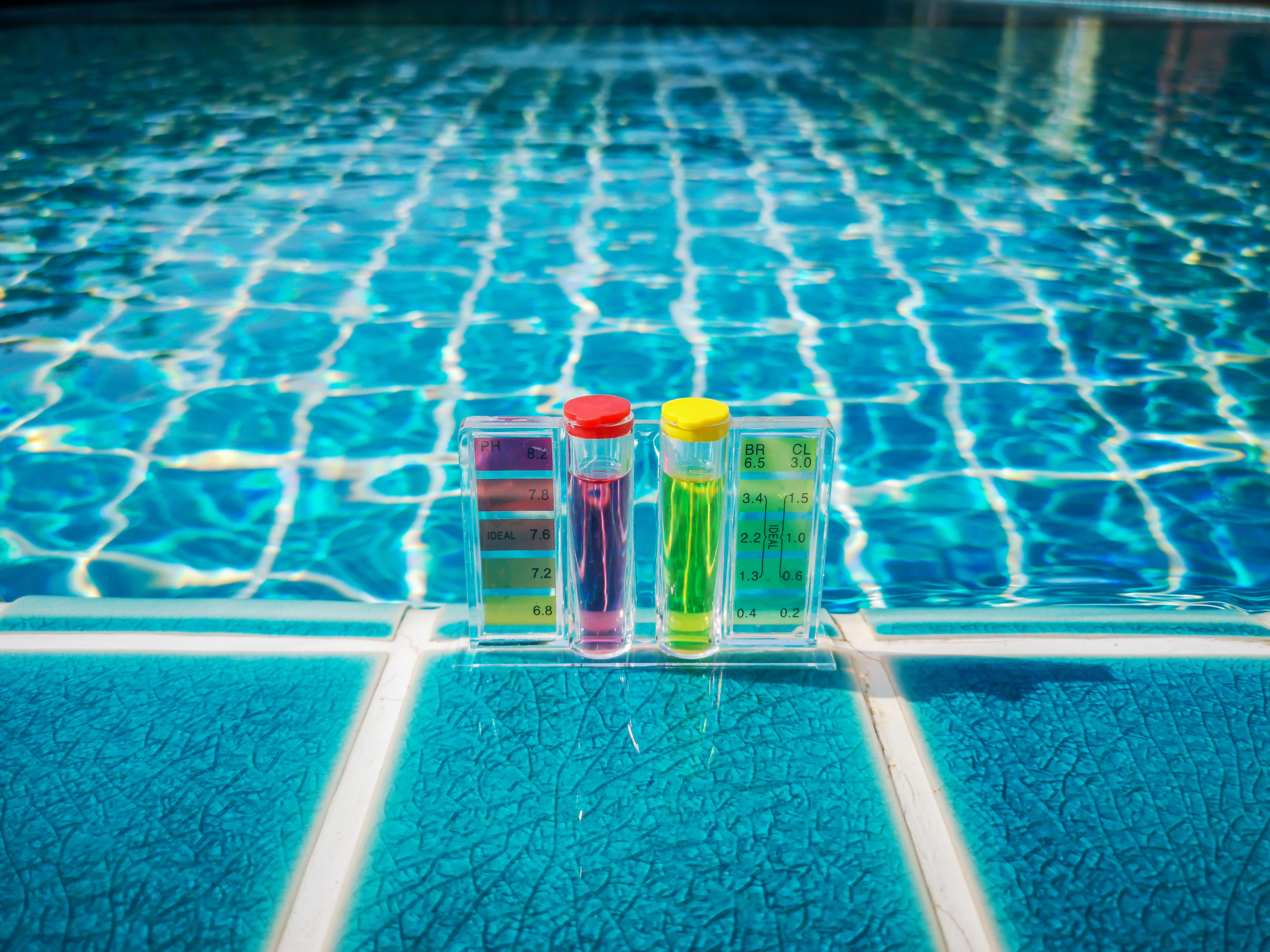
Credit: www.armandhammer.com
Signs Of High Ph In Pool Water
When it comes to maintaining a sparkling clean swimming pool, it’s crucial to keep the pH level well-balanced. Signs of high pH in pool water can indicate an imbalance that needs to be addressed promptly. Here are some common signs to watch out for:
Cloudy Water
If your pool water looks cloudy or hazy, it could be a result of high pH levels. When pH levels are too high, it can lead to the formation of mineral deposits and make the water appear less clear. This not only affects the visual appeal of the pool but also indicates an imbalance that needs attention.
Skin And Eye Irritation
Experiencing skin irritation or stinging eyes after swimming could be a clear indicator of high pH levels in the pool water. High pH can cause skin irritation and lead to discomfort, especially in individuals with sensitive skin. It’s essential to address the pH level to ensure a more comfortable swimming experience.
Methods To Lower Ph In A Pool
Lowering pH in a swimming pool is crucial to maintain water balance and ensure a safe and enjoyable swimming experience. There are several methods to effectively lower pH levels in a pool, including:
Using Muriatic Acid
Muriatic acid is a powerful tool for lowering pH levels in a pool. Dilute the acid in a bucket of water before adding it to the pool. Be sure to follow safety precautions and wear protective gear when handling muriatic acid.
Adding Ph Decreaser Or Reducer
pH decreaser or reducer products are specifically designed to lower the pH levels in a pool. Follow the manufacturer’s instructions carefully when adding these products to your pool water.
Using Co2 To Lower Ph
Carbon dioxide (CO2) injection can also be used to lower the pH in a pool. CO2 is a safe and effective alternative to chemicals like muriatic acid, but it may require specialized equipment for proper application.
Precautions And Safety Measures
Lowering the pH in a swimming pool requires taking necessary precautions and safety measures. Follow these guidelines to maintain a balanced pH level for optimal pool conditions.
When it comes to maintaining a swimming pool, one of the important aspects to consider is the pH level of the water. Ideally, the pH should be between 7.2 and 7.8 for safe and comfortable swimming. In order to lower the pH level in a swimming pool, certain precautions and safety measures need to be followed. These measures ensure the safety of the swimmers as well as the individuals handling the chemicals. Here are some essential steps to take:
Protective Gear
Before you begin working with any chemicals, it is crucial to prioritize your safety. Wearing the appropriate protective gear can prevent accidents and potential harm. Ensure you have the following protective equipment:
- Safety goggles: Protect your eyes from the splashes of chemicals.
- Rubber gloves: Shield your skin from direct contact with the chemicals.
- Chemical-resistant apron: Cover your body to minimize chemical exposure.
- Face mask: Prevent inhalation of harmful fumes.
Proper Dilution Of Chemicals
When working with chemicals, it is crucial to follow the proper dilution process. This ensures the effectiveness of the chemicals and reduces the risk of any adverse reactions. Here’s a step-by-step guide to correctly dilute the chemicals:
- Read the instructions: Carefully go through the manufacturer’s instructions on the chemical label to understand the recommended dilution ratio.
- Measure and pour: Use a measuring cup or container to accurately measure the required amount of chemicals.
- Add water: Fill a bucket or container with water, leaving sufficient space for the addition of the chemicals.
- Gradually add chemicals: Slowly pour the measured chemicals into the water while stirring continuously. This ensures even distribution.
- Stir well: Thoroughly mix the chemicals with the water until they are completely dissolved.
- Test the solution: Use a pool water testing kit to check the pH level of the diluted solution before adding it to the pool. Adjust the dilution if necessary.
- Dispose of excess solution: If there is any excess solution, dispose of it in an appropriate manner according to local regulations.
By following these precautions and safety measures, you can ensure a safe environment while lowering the pH level of your swimming pool. Safety should always be the top priority, both for the swimmers enjoying the pool and for those involved in its maintenance.
Testing Ph Levels
Testing pH levels in your swimming pool is crucial for maintaining water quality and ensuring the safety of swimmers.
Importance Of Regular Ph Testing
- Regular pH testing prevents algae growth and protects pool equipment.
- Imbalances can cause skin and eye irritation, affecting the overall pool experience.
Methods For Testing Ph In A Pool
- Pool test strips: Convenient and easy to use for quick pH checks.
- Liquid test kits provide more accurate results but require more time and effort.
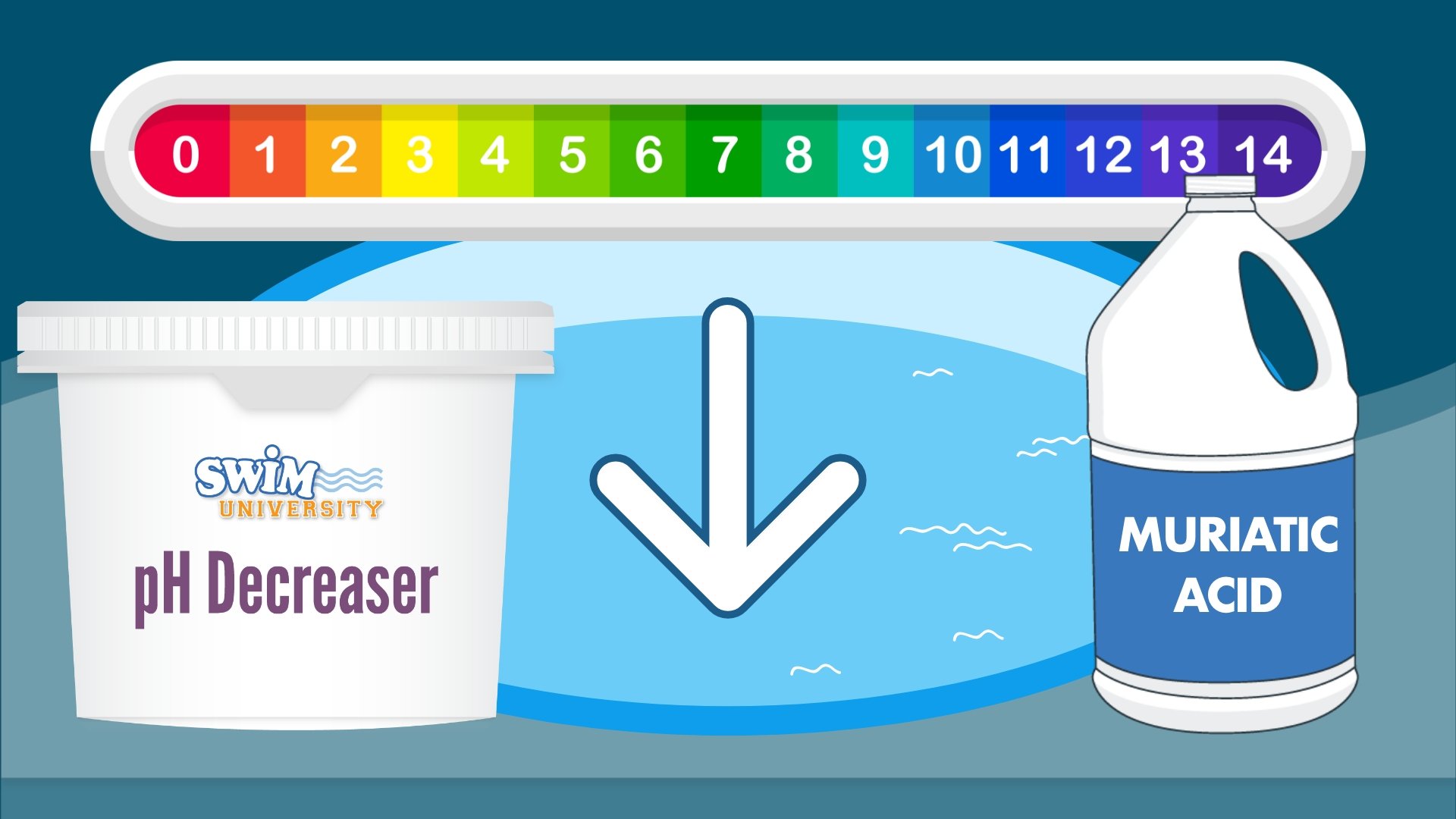
Credit: www.swimuniversity.com
Balancing Other Pool Parameters
How to Adjust pH in Pool? Maintaining pool pH levels ensures water quality. To lower pH, add muriatic acid gradually. Test frequently for desired balance.
Impact Of Alkalinity And Calcium Hardness On Ph
When it comes to maintaining a balanced swimming pool, it is not only the pH level that needs attention. Achieving the ideal pH level requires ensuring that other pool parameters, such as alkalinity and calcium hardness, are also properly balanced.
Alkalinity: Alkalinity refers to the level of alkaline substances in the pool water. It acts as a buffer, preventing large fluctuations in pH. When the alkalinity is too low, the pH level becomes more prone to drastic changes. On the other hand, high alkalinity can cause a condition known as “pH lock,” where the pH level becomes difficult to adjust. Hence, maintaining the right alkalinity is crucial for pH stability.
Calcium Hardness: Another important parameter is calcium hardness, which refers to the level of dissolved calcium in the water. Proper calcium hardness helps prevent plaster etching, corrosion of equipment, and scaling. Too low calcium hardness can cause the water to become corrosive, leading to pH fluctuations. Conversely, high calcium hardness can result in scale formation, making it difficult to maintain pH stability.
Maintaining Balanced Pool Water
To maintain a balanced pool, it is necessary to pay attention to alkalinity and calcium hardness along with pH. Here are some tips to ensure your pool water remains in perfect harmony:
- Regular Testing: Test the pool water at least two to three times a week using reliable test kits to monitor alkalinity, calcium hardness, and pH levels.
- Adjust Alkalinity: If alkalinity is too low, use a pH increaser or sodium bicarbonate (baking soda) to raise it. Conversely, if it is too high, reduce alkalinity by adding an acid like muriatic acid or sodium bisulfate.
- Manage Calcium Hardness: If calcium hardness is low, consider adding calcium chloride to increase it. On the other hand, if it is high, you may need to partially drain and refill the pool with fresh water to dilute the calcium concentration.
- Balance pH: Once alkalinity and calcium hardness are within the desired range, focus on adjusting the pH level. Use pH increasers like soda ash or pH reducers like muriatic acid to bring the pH to the recommended range of 7.2 to 7.6.
- Maintain Proper Filtration: Keep your pool filter clean and ensure proper circulation to prevent water stagnation and the accumulation of impurities that can affect pH balance.
By maintaining balanced pool water with proper alkalinity, calcium hardness, and pH levels, you can enjoy crystal clear water while reducing the likelihood of pH fluctuations and the need for constant adjustments.
Professional Help And Consultation
When lowering the pH in your swimming pool, it’s important to know when to seek professional assistance and the benefits of hiring pool maintenance services. Below, we’ll explore these key points to help you make informed decisions for your pool maintenance needs.
When To Seek Professional Assistance
If you find it challenging to lower the pH in your swimming pool or if you’re unsure about the correct amount of acid to add, it’s best to seek professional assistance. pH levels are delicate and can impact the overall health of your pool, so it’s crucial to consult with a professional if you’re facing difficulties in maintaining the proper pH balance.
Benefits Of Hiring Pool Maintenance Services
Investing in pool maintenance services can offer several benefits, including:
- Expertise: Professional pool maintenance providers have the knowledge and experience to effectively manage pH levels and other maintenance tasks.
- Time-Saving: Hiring a professional saves you time and effort, allowing you to enjoy your pool without the stress of maintenance.
- Accuracy: Pool maintenance services ensure precise pH adjustments to keep your pool water safe and clear.
- Regular Monitoring: Professionals can consistently monitor and adjust pH levels to maintain a balanced environment for swimming.
Regular Pool Maintenance
How to To lower the pH in a swimming pool, you can use chemicals such as muriatic acid or sodium bisulfate. Testing the water regularly and adjusting the pH levels as needed is essential for maintaining a balanced and safe pool environment.
It’s important to follow manufacturer guidelines and seek professional assistance if unsure.
Regular Pool Maintenance Regular maintenance is essential to keep your swimming pool in top condition. When it comes to pH levels, maintaining harmony in your pool water is crucial. Let’s explore some important tips for regular pool maintenance to prevent pH imbalance. Tips for Preventing pH Imbalance It’s vital to take proactive measures to prevent pH imbalance in your swimming pool. Start by testing and balancing the water chemistry at least twice a week. Use a reliable pool water testing kit to measure the pH level accurately. Make sure to adjust the pH level to the appropriate range between 7.2 and 7.8. Additionally, avoid adding large amounts of chemicals in a single application, as this can lead to rapid pH fluctuations. Cleaning and Filter Maintenance Regular cleaning and maintenance of your pool and filters play a significant role in preventing pH imbalance. Clean skimmer baskets and pump baskets weekly to ensure proper water flow. Routinely brush the pool walls and floor to minimize the buildup of organic materials. Keep the pool filter clean and replace the filter media as recommended by the manufacturer. Proper filtration and circulation help in maintaining stable pH levels. In conclusion, regular pool maintenance is crucial in preventing pH imbalance in your swimming pool. By following these essential tips and staying on top of your regular cleaning and filter maintenance, you can ensure that your pool water remains at the optimal pH level for an enjoyable and refreshing swimming experience.
Conclusion
Maintaining proper pH levels in your pool is crucial for clear, healthy water. By following simple steps like using pH decreaser, regular testing, and proper filtration, you can easily lower pH levels. Remember, a balanced pool pH ensures a safe and enjoyable swimming experience for everyone.


